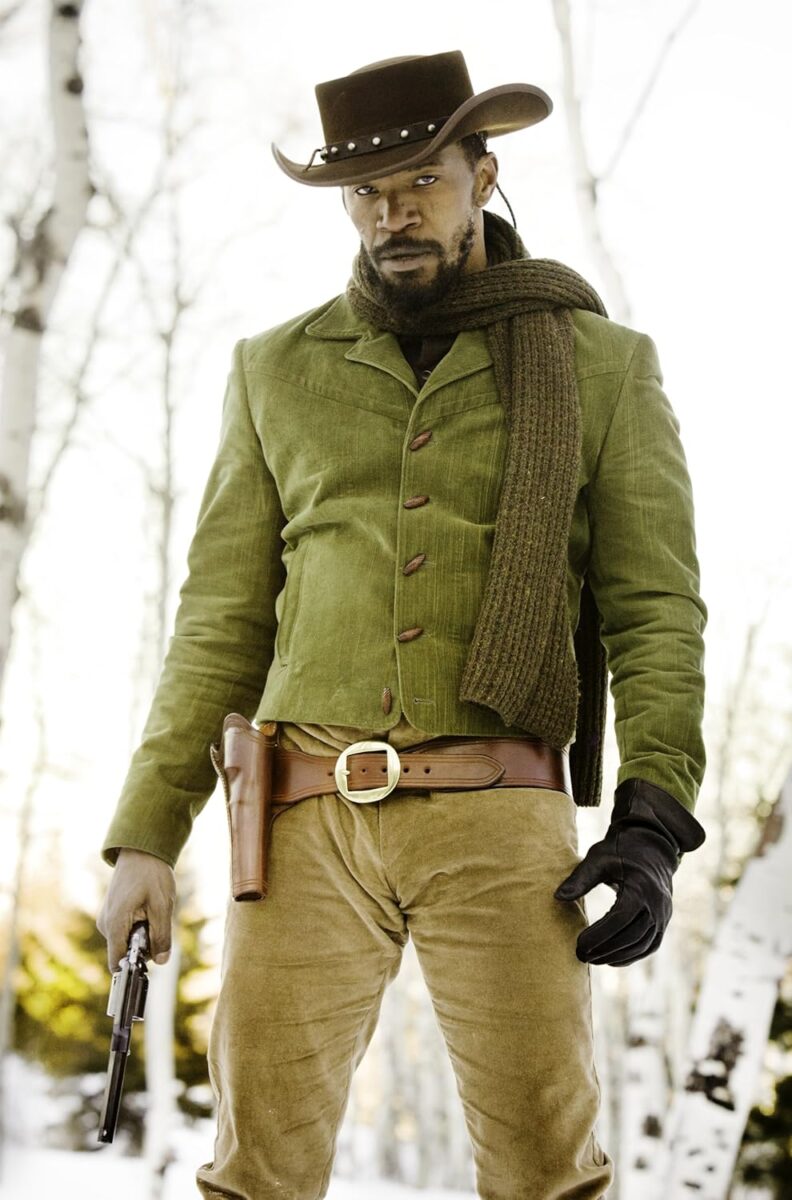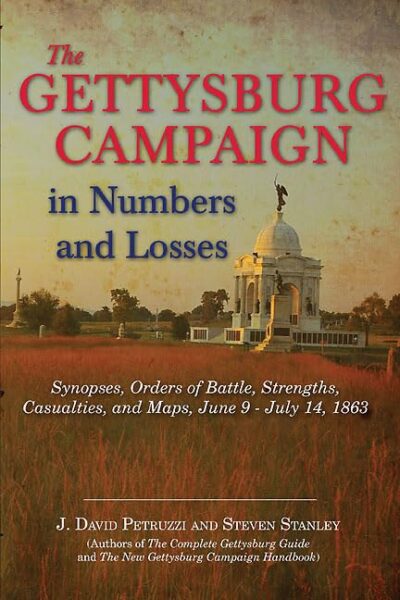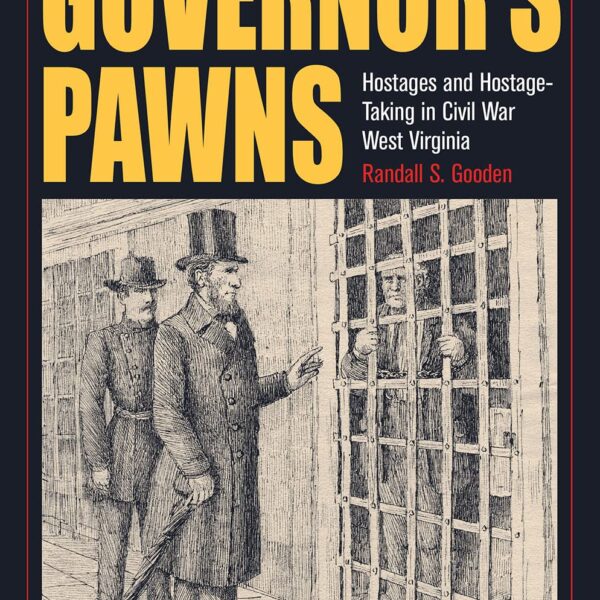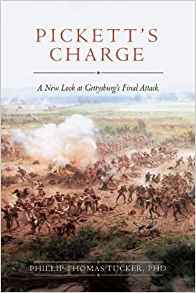That Quentin Tarantino’s “Django Unchained” is the most effective depiction of American slavery in the recent history of feature films is somewhat surprising and deeply disturbing. The first scenes and title sequence bring the viewer alongside a slave coffle; the camera lingers on the flayed backs of men who shuffle along, shackles and chains binding their bare and bloody feet. From this point on, “Django Unchained” depicts slavery as it was: a “flesh for cash business,” as King Schultz (Christoph Waltz) calls it, a socio-economic system that brutalized black bodies. Which is not to say it is a great film, or even a good one. It is way too long, and it exhibits all we have come to expect from a Tarantino movie: hyper-stylized and abundant violence, prolific use of the n-word, and a mash-up of genres—blaxploitation films, spaghetti westerns, buddy movies, and revenge epics. It is alternatively hilarious and nauseating, and it makes the problematic argument that many narratives of slave resistance and black soldiering during the Civil War have also espoused: that (as W.E.B. Du Bois put it) murder makes men.
The film opens in 1858, “somewhere in Texas.” The men in the coffle—and the white slave traders on horseback—move through rocky, sandy hills; we are far, far away from the red clay and rice swamps of the Deep South. A wagon approaches, driven by a man claiming to be a dentist. But King Schultz is really a bounty hunter and he is looking for Django (Jamie Foxx), a slave who can identify three white men he hopes to bring in, dead or alive. Schultz, a German émigré, buys Django from one trader after killing the other; he gives the slaves in the coffle the keys that unlock their chains. This seems odd. Why buy one and free the others? Well, Schultz claims to be anti-slavery but he is, at heart, a businessman. When he proposes his plan to Django, he confesses that “for the time being I will make this slavery malarkey work to my advantage.” In other words, he owns Django, and he will give him his freedom once the job is done. Schultz does ultimately free his slave and he continues to mentor him (a convention of most westerns), confessing that “I have never given anyone their freedom before, so I feel responsible.” Their relationship evolves and Django becomes Schultz’s minority partner (he gets only 1/3 of the take). Ultimately, they work together in an elaborate scheme to track down and rescue Django’s wife Broomhilda (Kerry Washington) from a gleefully sadistic slave owner, Calvin Candie (Leonardo DiCaprio). This plot fails, thanks to the suspicious house slave Stephen (Samuel L. Jackson, who called his character “the most hated Negro in cinematic history” in an interview with Essence magazine) and at this point, the film literally explodes into a seemingly never-ending series of gory gunfights.
Tarantino does not shy away from the viciousness of slavery. Slaves are bought, sold, whipped, branded, made to fight and kill one another, raped, locked in “hot boxes” underground, torn apart by dogs, and (almost) castrated. Tarantino also acknowledges, in some interesting ways, the precariousness of freedom. Django is a slave, then free, then performs both slavery and freedom, is enslaved again, and then frees himself. Documents of slavery and freedom, of life and death, are everywhere, tucked into pockets and secured in saddlebags. There are receipts, handbills, warrants, free papers, and slave trade ledgers; these documents play a vital role in the bounty hunting business, and in the transactions of the slave trade. Such a proliferation of paper seems to suggest that Tarantino is as interested in the legal and economic nature of slavery as he is in its embodied experiences.
What he is not particularly interested in are women, which is strange given his demonstrable devotion to strong heroines who take up their own swords of vengeance, as in Jackie Brown and the Kill Bill films. Broomhilda appears first as a ghost—a memory and a hallucination—and when she finally materializes in the flesh she barely speaks. When she does it is softly, and mostly in German. We know she is feisty—the whip marks on her back attest to her misbehavior, as does Django’s nickname for her, “Little Troublemaker.” She picks up a rifle but only near the end; she does not use it. “Django Unchained” is not a romance, nor is it a family drama; it is a story of black and white men, of slavery and masculinity. Django’s love for Broomhilda drives the plot but she and the other female characters in the film are not agents of their own futures; they are objects of desire and exchange.
Most of the action takes place in Mississippi (played in the film by Louisiana) but the movie begins in Texas and stays there a while, then veers off into Wyoming, where Django trains with Schultz to become the “fastest gun in the South.” These are overt homages to the spaghetti westerns of the 1960s and ‘70s (including Sergio Corbucci’s “Django” of 1966), and Spike Lee and others have criticized Tarantino and boycotted the film because of this approach, arguing that it is disrespectful to the memory of those who lived and died in slavery. But this, to me, is what is most interesting about “Django Unchained”: its status as a “postmodern slave-narrative western,” as Henry Louis Gates Jr. has described it. Are American audiences willing to watch a feature film about the buying and selling of human beings, but only if these actions are depicted through the conventions of well-known (and loved) genres: the war movie (“Glory”) or the political thriller (“Lincoln”) or in this case, the hyper-violent western? There is an honest and compelling movie about slavery somewhere here amidst the jokes and the B-movie cuts and the blood spraying the walls. But “Django Unchained” is itself a scheme as elaborate as the one Schultz and Django devise to rescue Broomhilda; its cartoonish violence and its western characters, costumes, and plot get us inside the Big House and into the history of American slavery, which are mired in the muck of human depravity. That there should have to be such schemes, refractions of the South through the lens of the West, is emblematic of the ways that Americans may have acknowledged slavery in history books but have not fully reckoned with it in our memorial landscapes, museums, civic rituals, and popular culture.
Megan Kate Nelson is a lecturer in History and Literature at Harvard University, and the author of Ruin Nation: Destruction and the American Civil War (Georgia, 2012).





